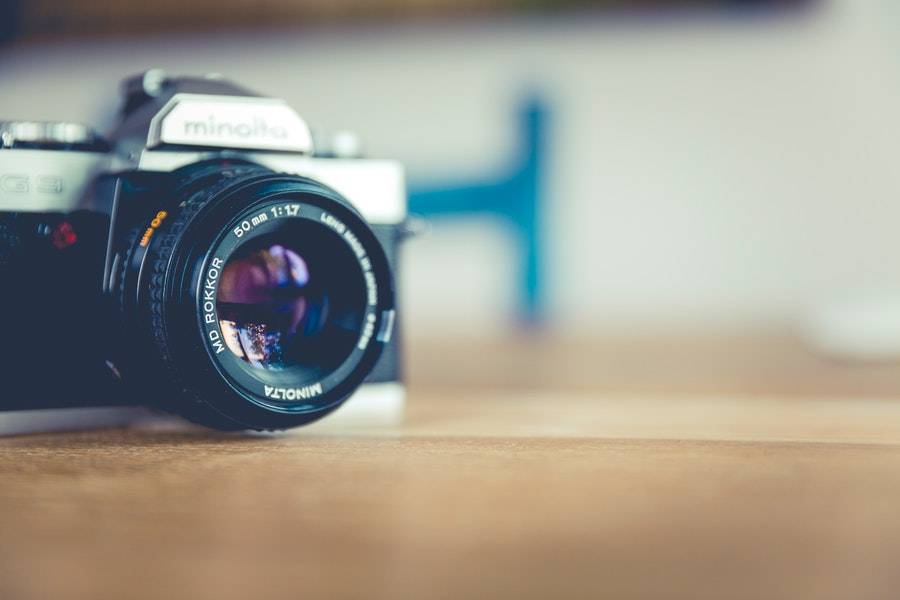Photographing Reflections
I love landscape photography and when there’s water around, I always try to incorporate the reflections if possible. Photographing reflections add an interesting compositional element to the photo and can give it more depth. Seriously, I love it, and here’s how you too can capture those amazing reflections!
Photographing Reflections in Water
It’s possible to photograph reflections in a whole lot of shiny surfaces, from metal and glass to tiny droplets of morning dew and the vast expanse of the ocean. This article focuses on water though, more specifically on enclosed bodies of water such as ponds and lakes. In my opinion they produce the nicest reflections and are perfect for this tutorial.
As always, what you want to capture is entirely up to you. You have the option of photographing calm water, blurred water, just the reflection, the reflection with the subject as well as creating a tack sharp image or doing something completely abstract.
Early Morning is Ideal for Photographing Reflections
I know this is bad news for everyone here who loves sleeping in as much as I do, but the fact is that your chances of finding a completely still body of water are the best early in the morning.
Lakes are usually at their calmest around sunrise, which is an important thing to consider when photographing reflections. Even the slightest breeze can cause ripples and disturbances in the water, which will then in turn lead to very blurry or weak reflections.
Capturing the perfect reflection is harder than it sounds, but don’t despair if there are ripples. They too can make for a great, albeit more abstract photo.
Furthermore, early morning light is perfect for photographing reflections. You want low light and want to avoid the sun hitting the surface of the water and creating unnecessary glare or sparkling reflections.
Catch the Morning Glow

Luckily getting up early not only has the advantage of calmer water and perfect light, but you might also be able to catch that beautiful morning glow when the sun slowly illuminates the mountain peaks. Mountain lakes, such as the ones shown in this article that I found in Banff National Park, are of course perfect for this purpose. If you are able to find a nice peak reflected in the water, you have all the ingredients you need for an amazing shot.
Remember to research ahead of time where the sun rises. Since the sun rises in the east, find a subject in the west and position yourself with your back to the sunrise and a body of water in between you and the subject.
Go for Symmetry
You have probably heard of the rule of thirds, but photographing reflections is the perfect opportunity to break some rules. For once it’s ok to put the horizon in the dead center of the frame. This lets you achieve perfect symmetry and show off the reflections in all their glory.
Let’s talk about Settings and Gear
If you want to capture the absolute perfect reflection, high shutter speed is in order to avoid any movement in the water. You can also try slightly longer shutter speeds to smooth out the surface of the water or to create more abstract images.
As for aperture, you also want a wide depth of field and a sharp image, which leaves you with a higher f-stop of around f/8 to f/11. If you are heeding my advice, you will probably be shooting in the early morning when the light is still fairly low. You’ll definitely need a tripod, but don’t be afraid to bump the ISO up a little bit to achieve the shutter speed and aperture settings you want.
Also, a polarising filter will help you reduce the amount of glare and a graduated ND filter is great for keeping the sky from getting overexposed.



